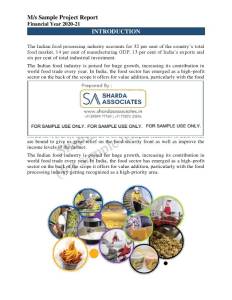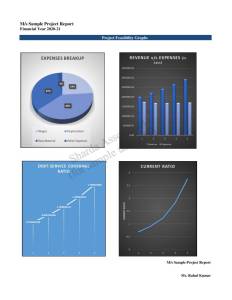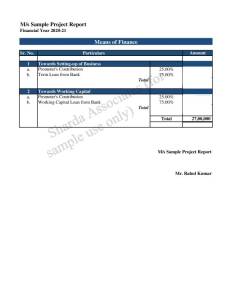Project Report For Ceramic Art
Introduction
Project report for Ceramic Art is as follows.
Ceramic art, which includes clay, is art created with ceramic materials. It can take the shape of artistic pottery, tableware, tiles, figurative work, and other sculpture. Ceramic art is a visual art form that belongs to the plastic arts. While certain ceramics, such as pottery or sculpture, are regarded fine arts, the majority are considered ornamental, industrial, or applied art pieces.
In archaeology, ceramics can be considered objects. Ceramic art can be created by a single individual or a group. A group of individuals work at a pottery or ceramic factory to design, manufacture, and decorate the art ware. “Art pottery” is a term used to describe pottery products.
Ceramists or potters create studio pottery in a one-person pottery studio. The shape of the piece, its decoration by painting, carving, and other methods, and the glazing found on most ceramics are all elements of ceramic art that have received varying degrees of attention over time.
A ceramics designer might work independently as a freelancer or be hired by ceramic product manufacturers. A ceramics designer also tends to explore new materials and designs, advertise and build a liaise creative portfolio with the customer, museums, galleries, and other craftsmen, in addition to developing hands-on ceramics design.
A ceramics designer might present their work at exhibits, craft fairs, and trade shows to generate cash from their piece of art or manufactured product. Not all ceramics designers are involved in the manufacturing process; some choose to focus on design.
If a ceramic designer works for a huge corporation, he or she must understand the product brief and translate it into a commercially effective design. If a ceramics designer is self-employed, he or she can take on design engagements from large corporations.
Market Potential Of Ceramic Art
In 2018, the global ceramics market was worth INR 16,721 billion, and it is expected to rise at a healthy 8.5% CAGR from 2019 to 2025. The market is being driven by rising government infrastructure spending and increased construction activity around the world.
By 2020, the Indian government wants to build 100 smart cities with the goal of improving social, economic, and public infrastructure. This is expected to increase demand in India for products such as tiles, sanitary ware, and bathroom fixtures. As a result, demand for ceramics in the manufacturing of the aforementioned product area is increasing.
Other countries along the commerce route are more familiar with India’s craft than with its religion and philosophy. Ceramic pottery is a tangible and recognisable aspect of Indian culture that frequently represents ancient past. Ceramic pottery is a modern form of Indian décor and utility, not simply history, thanks to its beautiful beauty and elegant qualities.
The art of pottery making, like all other handicrafts and arts, has a long history in India. Ceramic pottery dates back to the Indus Valley Civilization, the Vedic period, and the Mughal period. Pottery is well-known in most Asian countries and is gradually expanding throughout the world.
According to history, India is the primary source of pottery and is largely responsible for its development. Since the dawn of time, pottery has been in high demand for storage and other purposes.
The traditional Indian business class used to rely on ceramics as their principal source of income. As a result, the growth of the pottery industry in India is clear.
Handmade ceramics of various colours, such as bowls, utensils, and vessels, were in high demand and always accessible in India. Because of its practicality, pottery gradually became a vocation for Indians.
Project Report Sample On
Ceramic Art
Need Help?
Create 100% Bankable Project Report





